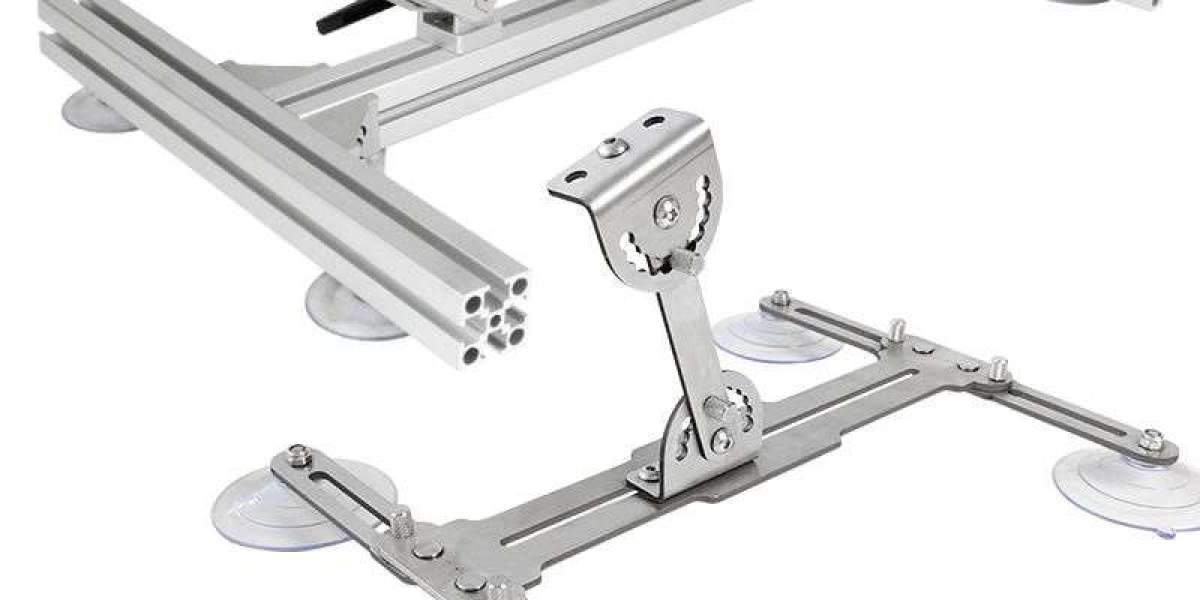What is a Linear Guide?
A linear guide is a mechanical component designed to facilitate controlled linear movement. It consists of two primary elements:
Guide Rail – A hardened steel rail that acts as the track for movement.
Carriage or Slider – A block that moves along the rail, often containing rolling elements such as balls or rollers.
This design ensures smooth motion while maintaining rigidity and precision. By minimizing resistance and wear, linear guides extend equipment lifespan and improve system efficiency.
Types of Linear Guides
Different applications require different linear guide designs:
Ball Type Linear Guides: These use ball bearings between the rail and block, offering low friction and smooth movement. They are common in precision machines like CNC milling and 3D printers.
Roller Type Linear Guides: Instead of balls, these use cylindrical rollers, which increase load capacity and stiffness. They are ideal for heavy-duty machinery.
Flat Surface Guides: Simpler in design, they allow sliding rather than rolling, but usually generate more friction.
Each type has strengths depending on the load, precision, and environmental demands.
Benefits of Linear Guides
The popularity of linear guides comes from their numerous advantages:
High Precision – They maintain consistent accuracy, essential for high-precision machining.
Durability – Hardened steel construction and optimized rolling mechanisms extend service life.
Load Capacity – Capable of handling both radial and axial forces efficiently.
Smooth Motion – Reduced friction means faster, quieter, and more reliable movement.
These benefits make linear guides a cornerstone in modern motion control technology.
Applications of Linear Guides
Linear guides are found across industries:
Manufacturing: CNC machines, lathes, milling equipment.
Automation: Pick-and-place robots, conveyors, and assembly systems.
Medical: Surgical robots, imaging machines, diagnostic tools.
Semiconductor Industry: Precision wafer handling and positioning.
Transportation: Sliding mechanisms in trains and aircraft systems.
Wherever controlled, repeatable linear motion is needed, linear guides are a natural choice.
Maintenance Considerations
For optimal performance, linear guides require:
Lubrication: Proper grease or oil reduces wear and prevents corrosion.
Cleaning: Dust, debris, or chips can damage the rail or bearings.
Inspection: Regular checks for misalignment or wear extend service life.
Many modern linear guides incorporate automatic lubrication systems, making maintenance easier.
Conclusion
Linear guides are vital for precision engineering. Their ability to deliver accurate, smooth, and reliable motion has revolutionized industries worldwide. By understanding their design, benefits, and maintenance, engineers can ensure better system performance and longevity.






